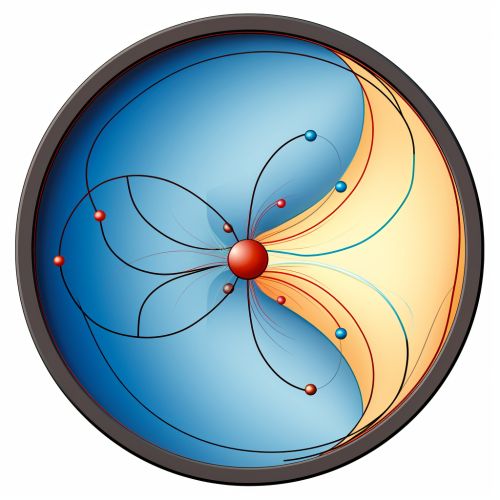Carnot Cycle
Introduction
The Carnot cycle, named after French physicist Sadi Carnot, is a theoretical model used in the study of thermodynamics. It is a four-stage process that describes the ideal heat engine, which is a system that converts heat into work with maximum efficiency. The Carnot cycle is a fundamental concept in thermodynamics and is used to understand the principles of energy transfer and conversion.


Theoretical Background
The Carnot cycle is based on two fundamental principles: the Second Law of Thermodynamics and the First Law of Thermodynamics. The second law states that heat cannot be transferred from a colder body to a warmer one without additional work being done, while the first law is the principle of energy conservation, stating that energy cannot be created or destroyed, only converted from one form to another.
Stages of the Carnot Cycle
The Carnot cycle consists of four stages: two isothermal (constant temperature) processes and two adiabatic (no heat transfer) processes. These stages are:
1. Isothermal Expansion: The system, usually a gas, expands at a constant temperature. During this stage, heat energy is absorbed from an external high-temperature reservoir.
2. Adiabatic Expansion: The system continues to expand, but without any heat transfer. The temperature of the system decreases during this stage.
3. Isothermal Compression: The system is compressed at a constant temperature. During this stage, heat energy is expelled to an external low-temperature reservoir.
4. Adiabatic Compression: The system continues to be compressed, but without any heat transfer. The temperature of the system increases during this stage, returning to its initial state.
Carnot's Theorem
Carnot's theorem, a fundamental principle derived from the Carnot cycle, states that no heat engine operating between two heat reservoirs can be more efficient than a Carnot engine operating between the same reservoirs. This theorem establishes the maximum efficiency possible for any heat engine and is a cornerstone of thermodynamics.
Efficiency of the Carnot Cycle
The efficiency of a Carnot engine, or any heat engine, is defined as the ratio of the work done by the engine to the heat absorbed from the high-temperature reservoir. The efficiency of a Carnot engine is given by the equation:
- η = 1 - (Tc/Th)
where η is the efficiency, Tc is the temperature of the cold reservoir, and Th is the temperature of the hot reservoir. Both temperatures must be measured in absolute units, such as Kelvin.
Applications of the Carnot Cycle
While the Carnot cycle is an idealized model and no real engine can operate exactly as it describes, it provides a benchmark for the performance of real engines. It is used in the design and analysis of various types of engines, including internal combustion engines, steam turbines, and refrigeration systems.
Limitations of the Carnot Cycle
Despite its theoretical importance, the Carnot cycle has several limitations in practical applications. These include the assumption of ideal gas behavior, the requirement for infinite time for the isothermal processes, and the impossibility of achieving absolute zero temperature.
